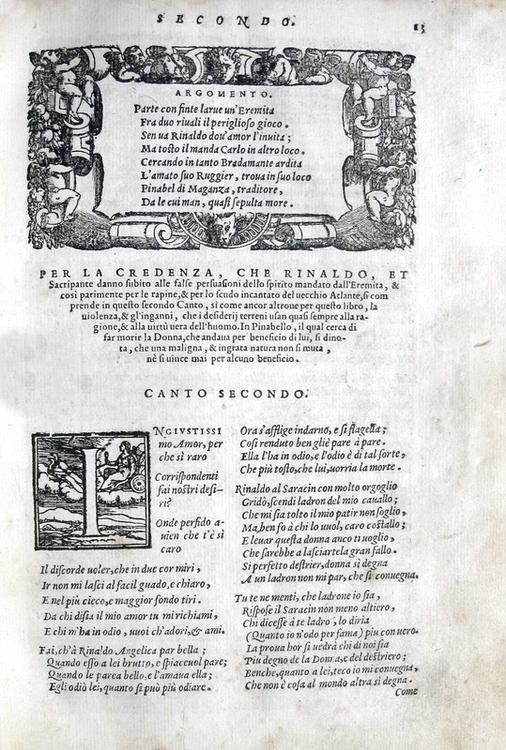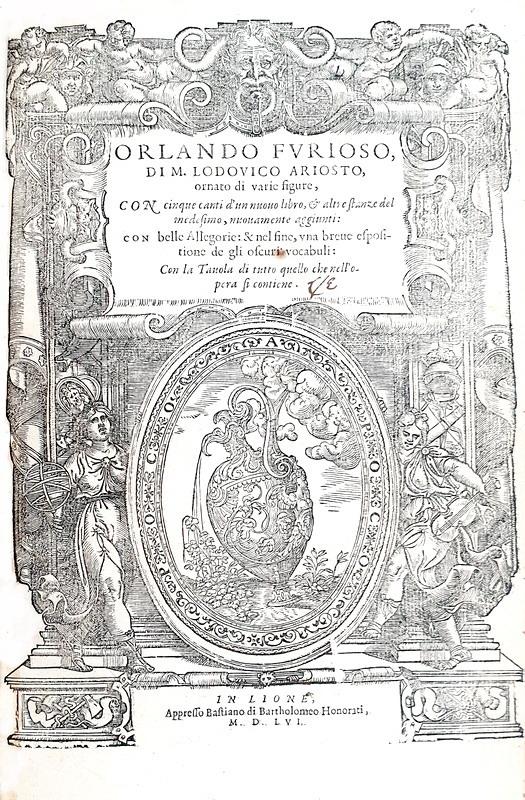
Ariosto’s poem thus presents itself as a prism through which to examine the various links in the chain of interactions that characterized the Mediterranean region from late antiquity through the medieval period, into early modernity, and beyond. Like Boiardo, Ariosto weaves together Carolingian and Arthurian themes into an. This tradition was subsequently grafted onto Crusade narratives and embedded in the histories of the European conflict with the Ottoman empire. Ludovico Ariosto: Orlando Furioso (1532) One of the best known works in Italian literature, the Orlando Furioso, is a continuation of the romance epic Orlando Innamorato, which was left unfinished at the ninth canto of Book Three when Boiardo died in 1494. Ariosto’s poem was situated at the apex of one of the foundational European literary traditions, the chansons de geste that issued from the fictional rout of Charlemagne’s troops at Roncesvalles.

In doing so, we want to analyze the various perspectives of its earlier sources, contemporary resonance, and subsequent reception. Orlando Furioso é pura invenção o próprio autor nãos nos pede que acreditemos na realidade das suas fantasias. Our aim is to investigate the composite political, religious, and linguistic landscape as well as the relational systems that might be reconstructed around the Furioso. It emerged from a world that was rapidly expanding on a number of fronts while simultaneously subject to a disastrous breakdown of political, social, and religious certainties.Taking inspiration from Borges’ celebrated poem ‘Ariosto y los Arabes’ (1960), this interdisciplinary conference will focus on the role of the Muslim world as the essential ‘other’ in Ariosto’s text. Ground breaking research on The Orlando Furioso, with new findings and interpretations Explores Ariostos influence, from the sixteenth to the twenty-first.


Among the most complex and engaging artefacts of early modern Italian culture, Ludovico Ariosto’s Orlando furioso was first published in 1516 and twice revised before its definitive edition in 1532.


 0 kommentar(er)
0 kommentar(er)
